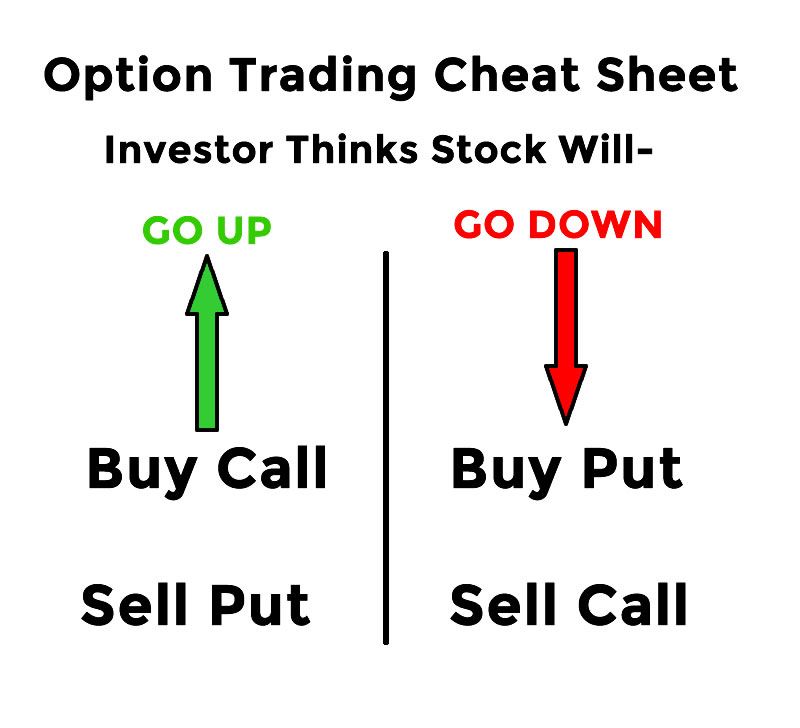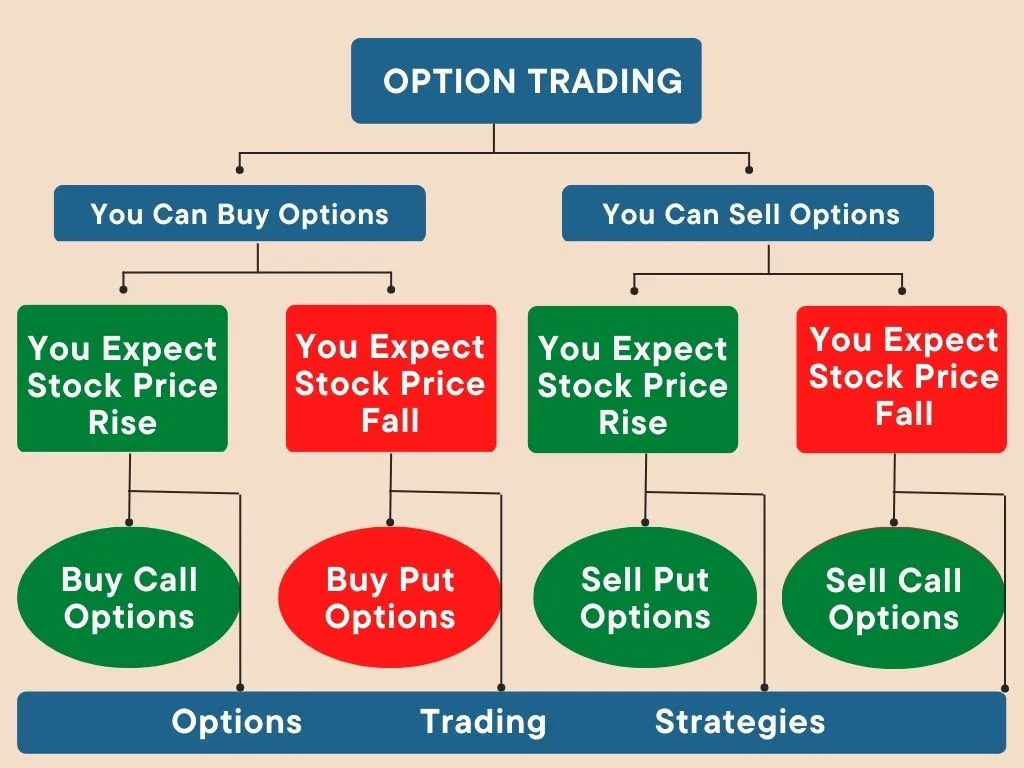The Basics of Options Contracts
In the realm of financial markets, options contracts have emerged as versatile tools that enable traders to manage risk, speculate on future price movements, and augment their profit potential. An options contract grants the buyer the right, but not the obligation, to buy or sell the underlying asset at a predetermined price (strike price) by a specified date (expiration date). This flexibility provides investors with a range of strategies to tailor their trading to their risk tolerance and market outlook.

Image: alphabetastock.wordpress.com
The two primary types of options contracts are calls and puts. A call option conveys the right to buy the underlying asset at the strike price by the expiration date. Conversely, a put option signifies the right to sell the underlying asset at the strike price by the expiration date. Depending on their respective buy or sell options, traders can adopt bullish (call options) or bearish (put options) strategies based on their expectations of the market’s direction.
Options Pricing and Volatility
Pricing options requires an understanding of their intrinsic and extrinsic values. Intrinsic value represents the difference between the strike price of an option and the current market price of the underlying asset. As long as the option is in the money (meaning that its intrinsic value is positive), it can potentially yield a profit if exercised before its expiration date. Extrinsic value, on the other hand, encapsulates factors such as time remaining until expiration and the prevailing market volatility.
Volatility plays a crucial role in options pricing and subsequent profits or losses. It refers to the degree of price oscillations in the underlying asset. Generally, higher volatility leads to higher options premiums (the price paid to acquire an option contract) due to the increased uncertainty about the future value of the asset. Conversely, lower volatility often translates into lower premiums as the associated risk is perceived as diminished.
Options Strategies and Applications
The versatility of options contracts underpins a multitude of trading strategies, each designed to meet different risk profiles and investment objectives. Some common strategies include:
- Long Call Option: Purchases the right to buy an asset at a higher strike price, anticipating future appreciation.
- Short Call Option: Sells the right to buy an asset at a lower strike price, expecting the value of the asset to decline.
- Long Put Option: Purchases the right to sell an asset at a lower strike price, anticipating future depreciation.
- Short Put Option: Sells the right to sell an asset at a higher strike price, anticipating the value of the asset to rise.
- Covered Call: Sells a call option against existing shares of the underlying asset, aiming to generate premium income while potentially benefiting from continued appreciation.
- Protective Put Option: Buys a put option to hedge against losses from owning the underlying asset, minimizing downside risk.
Options contracts serve a wide range of applications beyond risk management and profit generation. They can be employed for:
- Income Generation: Premium income can be earned by selling options contracts, albeit with the risk of having to buy or sell the underlying asset at an unfavorable price.
- Speculating on Volatility: Options pricing is directly influenced by volatility; traders can profit from swings in volatility by trading options.
- Hedging Existing Positions: Options can mitigate risk by offsetting potential losses from unfavorable price movements in the underlying asset.
Considerations for Options Trading
Engaging in options trading warrants a deep understanding of the market, the underlying assets, and the specific characteristics of options contracts. Crucially, traders should:
- Properly Assess Risk: Determine the potential profit and loss for each trade, considering the premium paid and the strike price relative to the prevailing market conditions.
- Understand Settlement: Know the mechanisms for the settlement of options contracts, either by physical delivery or cash settlement.
- Monitor Market Conditions: Keep abreast of economic indicators, market news, and news events that may affect the underlying asset’s value.
- Manage the Margin Account: Maintain a sufficient margin balance to support options trading, as options involve leverage and potential margin calls.

Image: changehero.io
Options Trading Option Contracts
![[WIP] Enrollment – Options Trading Program | Beyond Insights](https://www.beyondinsights.net/wp-content/uploads/Call-vs-Put-Options-1536x830.png)
Image: www.beyondinsights.net
Conclusion: Enhancing Financial Strategies
Options trading unlocks a realm of possibilities for investors, enabling them to manage risk, speculate on price movements, and enhance their overall financial strategies. By equipping oneself with a thorough understanding of options contracts, their pricing, and the available strategies, traders can effectively harness these versatile instruments to achieve their investment objectives. However, navigating the complexities of options trading requires meticulous preparation, risk management, and ongoing market monitoring to maximize their benefits while mitigating potential pitfalls.






